15 Music Festivals That Ended in Total Chaos
Most people go to festivals expecting long sets, shared energy, and maybe some dirt under their nails by the end. But every so often, something goes sideways: a storm, a system failure, a tragic oversight. The music and freedom end in panic, breakdowns, or complete failure. These festivals left crowds wondering how it all fell apart. And in a few cases, they never came back.
Fyre Festival (2017)
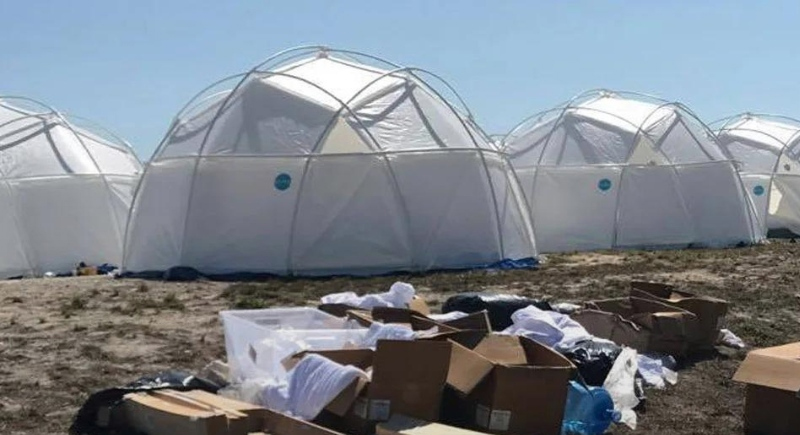
Credit: Instagram
Fyre looked incredible on Instagram and was marketed as an exclusive luxury experience on a private Bahamian island. But there were no artists or infrastructure, and nothing was organized. Guests arrived at emergency tents and were given barely edible food. Flights were grounded, and no one could leave.
Astroworld (2021)

Credit: Wikimedia Commons
The crowd at Houston’s NRG Park surged toward the stage during Travis Scott’s set. People went down and couldn’t get up. The show continued far too long before authorities intervened. The aftermath sparked lawsuits, scrutiny, and national outrage. A high-profile hometown show turned into a spectacle of how large-scale music events handle risk.
Burning Man (2023)

Credit: Instagram
Desert events aren’t supposed to flood, but this time they did. Heavy rain soaked Nevada’s Black Rock Desert and turned open land into deep mud. Cars couldn’t drive out. Movement across the site was nearly impossible, with crowds marooned without a clear way out.
Woodstock ’99

Credit: Instagram
Held at an airbase in upstate New York, this anniversary event had big names—and big problems. Temperatures soared, water was overpriced, and sanitation collapsed early on. By the last night, attendees set fires and damaged equipment. The event had been planned as a celebration of Woodstock’s legacy, but ended as a corporate-sized breakdown.
The Who Concert Disaster (1979)
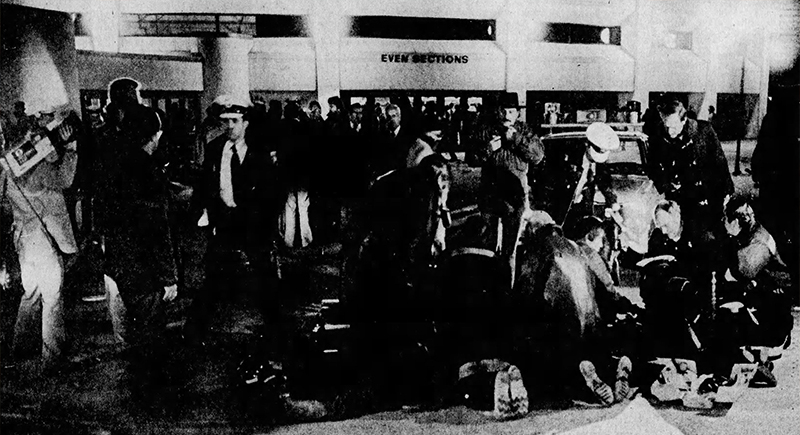
Credit: Wikipedia
Fans rushed the entrance of Cincinnati’s Riverfront Coliseum after mistaking a soundcheck for the start of the show. Inside, the band played on, unaware. The tragedy led to national changes in how venues manage general admission. That night exposed just how quickly a crowd can shift from excited to deadly.
TomorrowWorld (2015)

Credit: Wikimedia Commons
Rain battered Chattahoochee Hills, and the grounds flooded. Organizers halted shuttle service and cut off access for huge portions of the festival goers. TomorrowWorld had built a name in EDM, but broke down due to a mix of storms and bad logistics. It hasn’t returned to the U.S. since.
Roskilde Festival (2000)

Credit: Wikimedia Commons
Pearl Jam had just taken the stage when people at the front began falling. Nine fans suffocated in the crowd. Roskilde was widely respected up until that night, but the aftermath changed everything.
Love Parade (2010)
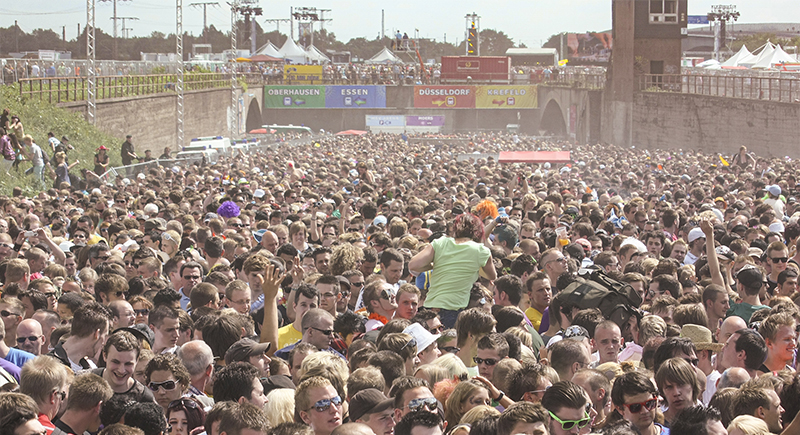
Credit: Wikimedia Commons
In Duisburg, Germany, a crowd of festivalgoers bottlenecked in a tunnel—the only way in or out. As movement stalled, panic set in. The Love Parade had been a symbol of unity through dance music, but the disaster led to its permanent end. The design failure and delayed emergency response are now cited as a worst-case example in event design.
Bestival (2008)
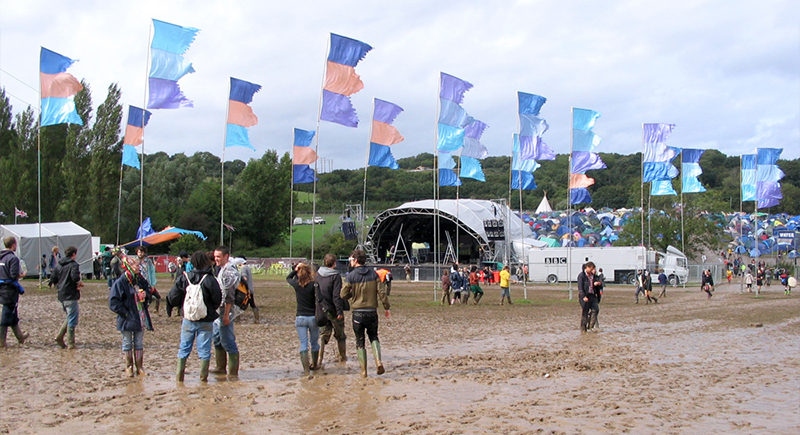
Credit: Wikimedia Commons
Due to the rain on the Isle of Wight, one of the main stages partially sank, and campsites turned into ankle-deep sludge. The lineup still played, but the focus shifted from the lineup to simply staying dry. Bestival had survived odd weather before, but 2008 was a washout in every sense.
Electric Zoo (2013)
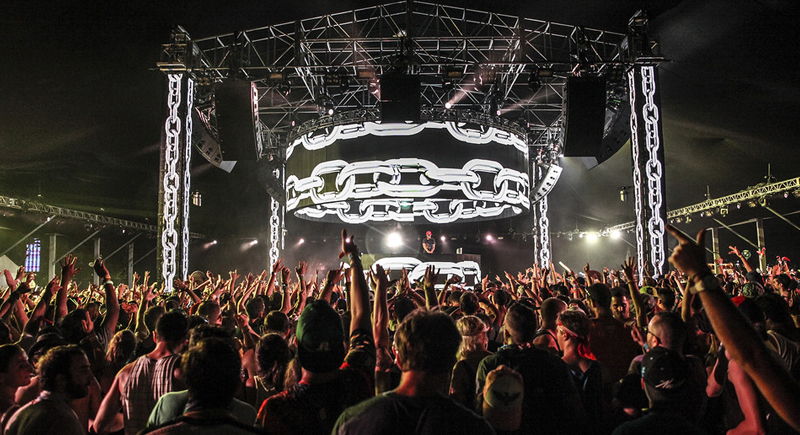
Credit: flickr
Two attendees passed during the first two days of this NYC festival, reportedly from substance-related causes. The final day was canceled immediately. Electric Zoo returned in later years with more safety protocols, but the atmosphere changed. It lost its carefree energy and became tightly regulated.
Altamont Speedway Free Festival (1969)
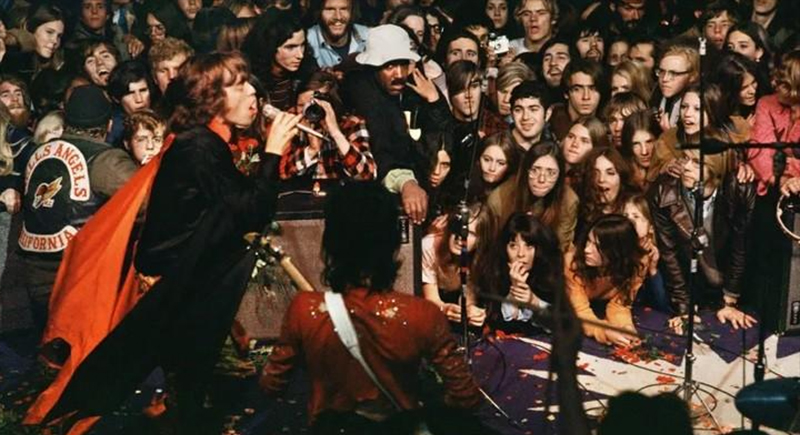
Credit: Reddit
Planned as a countercultural bookend to Woodstock, Altamont was disorganized from the start. Hells Angels were hired for security. Multiple fights broke out, but The Rolling Stones kept playing, visibly shaken. This chaotic event marked the cultural shift away from the idealism that had fueled the decade’s earlier festivals.
Bloc Festival (2012)
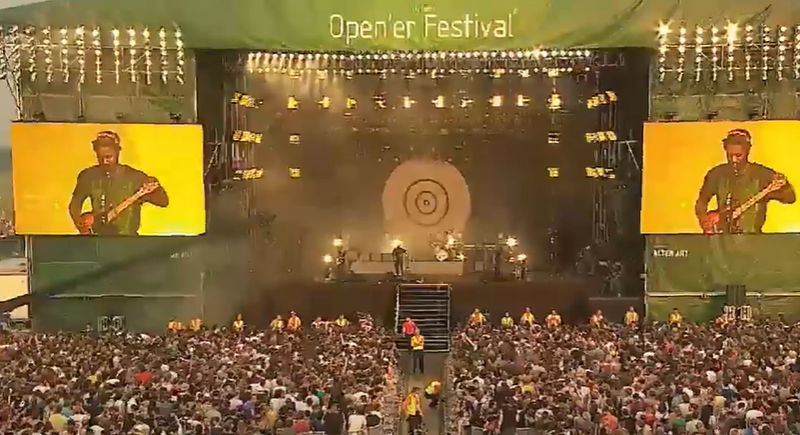
Credit: Youtube
Thousands arrived in London’s docklands ready for a weekend of electronic music, but the venue was overwhelmed. People waited in unmoving lines. Inside, spaces were overcrowded and disorganized. The rest of the festival was called off after just one night.
The Hudson Project (2014)
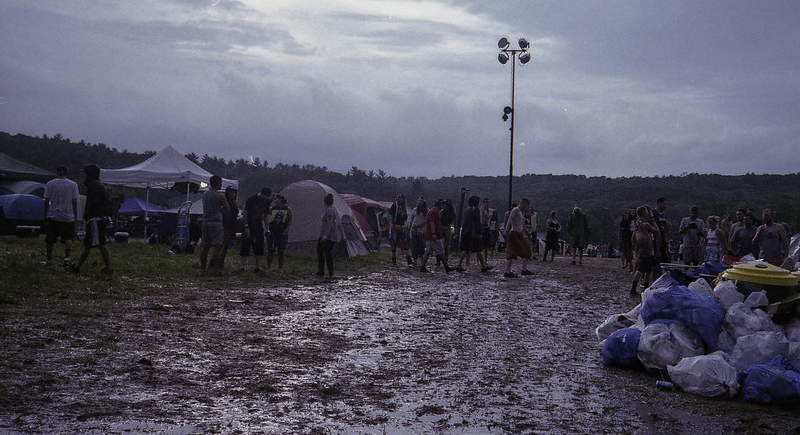
Credit: flickr
Set on the historic site of Woodstock ’94, the Hudson Project kicked off with major expectations. But the rain hit hard. Water took over campsites, and access routes failed. The final day was canceled as attendees tried to dig out their cars or waited for tows. Footage of floating tents even spread online.
Powder Ridge Rock Festival (1970)

Credit: vintag.es
Authorities shut down the event ahead of schedule, but no one told the audience. Thousands showed up anyway to an empty field in Connecticut. With no artists or vendors, it turned into an improvised campout. People lingered for days, and eventually, the festival passed into history as a misfired echo of the Woodstock wave.
Isle of Wight Festival (2012)
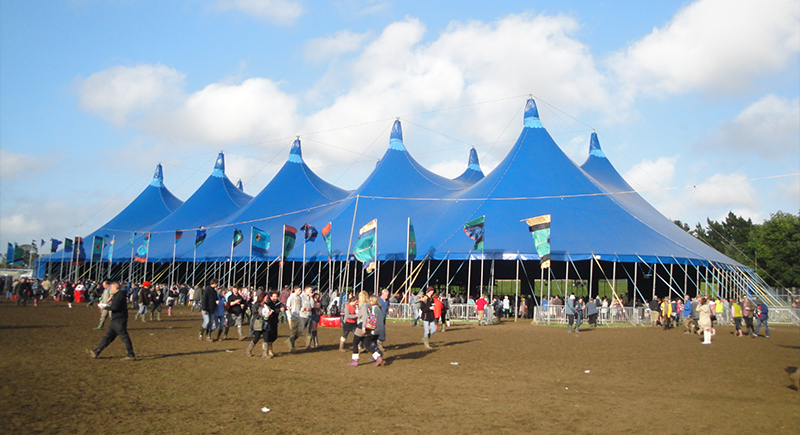
Credit: Wikimedia Commons
Heavy rain caused major problems before the festival even began. Roads turned to mud, and cars were stuck in traffic for hours. Many people had to sleep in their vehicles overnight. Some were stranded on ferries because there was nowhere to drive once they arrived. Tractors were eventually used to pull cars out.